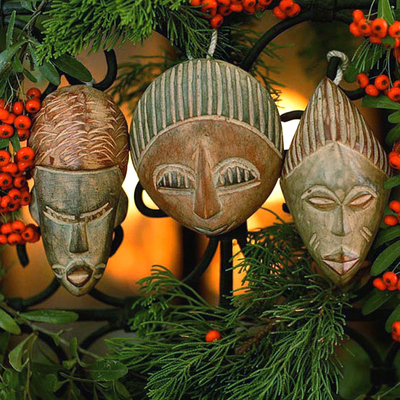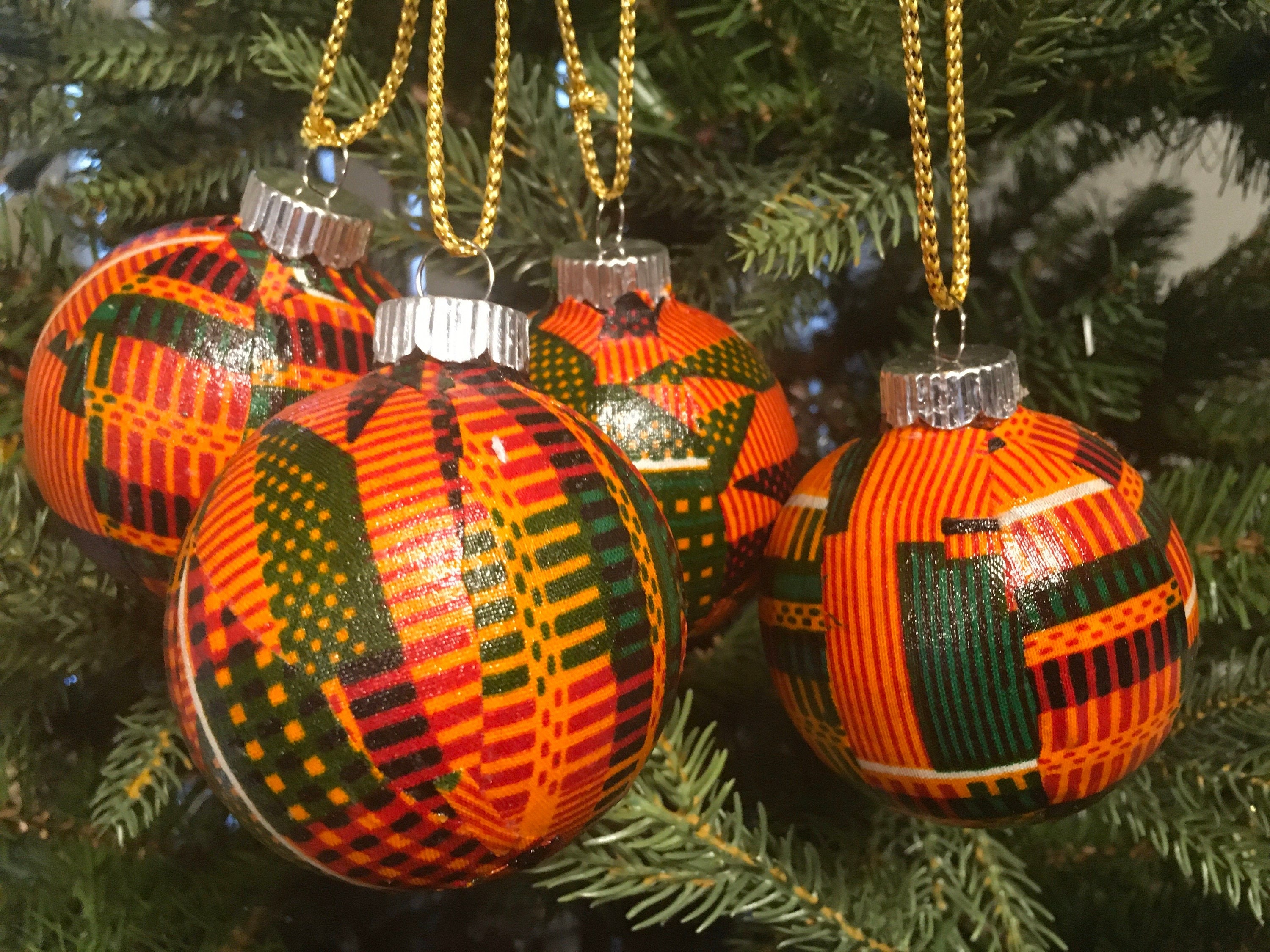Introduction to African Christmas Decorations
As the holiday season approaches, families around the world start to decorate their homes, embracing traditions that have been passed down through generations. In Africa, Christmas decorations are vibrant, meaningful, and often reflect the rich cultural heritage of the continent. Having spent many Christmases in various African countries, I’ve come to appreciate how each region celebrates this festive time with unique decorations that tell a story of community, togetherness, and history.
The Significance of Christmas in African Cultures
Christmas in Africa is more than a holiday; it’s a time for family reunions, spiritual reflection, and vibrant celebrations. For many, the decorations are imbued with personal significance, often made by hand, and passed down through family lines.
Religious and Cultural Influences
The impact of Christianity on African traditions cannot be understated. Churches often play a central role in community decorations during the festive season, while local customs add depth and flavor to the celebrations.
Common African Christmas Decoration Styles
From the colorful bazaars of Morocco to the lush landscapes of Southern Africa, the style of Christmas decorations can vary significantly. Here are some popular styles:
1. Traditional Handmade Decorations
Handmade decorations are a staple in many African homes. These can include:
- Beaded Ornaments: Beautifully crafted with vibrant beads, these ornaments often reflect local wildlife or symbols.
- Woven Crafts: Baskets and mats that are woven from local materials are often used to display gifts or hold seasonal fruits.
2. Natural Elements
Incorporating natural items into Christmas decorations is common. This can include:
- Foliage: Branches, leaves, and fruits are used to create natural garlands and table displays.
- Flowers: Seasonal blooms such as hibiscus or marigolds may brighten up the home.
3. Bright Fabrics and Colors
Color plays a huge role in African Christmas decorations. Brightly colored fabrics, often with traditional prints, are used to create tablecloths, tree skirts, and wrapping paper.
How to Decorate Your Home with African Spirit
Bringing African Christmas decorations into your home can be a wonderful way to celebrate the season. Here are steps to help you create a festive atmosphere:
Step 1: Choose a Theme
Your theme can be inspired by a particular region, color palette, or a mix of traditional and modern aesthetics.

Step 2: Gather Natural Elements
Collect items such as leaves, branches, and local flowers to incorporate natural beauty into your decorations.
Step 3: Handcraft Decorations
Engage with family or friends in crafting handmade decorations. It’s a fun way to bond and create meaningful pieces.

Step 4: Add Colorful Fabrics
Use vibrant fabrics for table settings and tree decorations, enhancing the joyful spirit of Christmas.
Comparison of Popular African Decoration Themes
| Theme | Description | Pros | Cons |
|---|---|---|---|
| Traditional | Utilizes handmade crafts and local natural decorations. | Unique, personal touch, supports local artisans. | Can be time-consuming to make. |
| Modern | Incorporates contemporary styles with African motifs. | Stylish, can blend with contemporary decor. | May lose some cultural significance. |
| Nature-Inspired | Focuses on natural elements found in Africa. | Eco-friendly, promotes sustainability. | Can be less colorful than other themes. |

Pros and Cons of African Christmas Decorations
Pros
- Cultural Richness: They reflect the diverse cultures of Africa.
- Creativity: Allow for personalization and creativity.
- Community Engagement: Encourage local craftsmanship and community involvement.
Cons
- Cost: Sometimes, handmade items may be more expensive.
- Availability: Some materials may be difficult to source outside of Africa.
- Time-Consuming: Creating handmade decorations requires time and effort.
Personal Experiences with African Christmas Decorations
Growing up, I was fortunate enough to spend several Christmases with families in various African countries. I vividly remember the warmth of the decorations, the laughter shared while crafting, and the delicious smells wafting through the air from traditional holiday foods. Each home, adorned with unique decorations, told its own story—whether it was handmade ornaments hanging from a tree or beautifully arranged natural settings on the dining table.
One Christmas spent in a rural village in Kenya stands out. We created decorations from colorful beads and sisal, crafting ornaments and garlands while sharing stories and laughter. The entire community came together to set up the decorations, creating a sense of unity that is often lacking in modern holiday celebrations.

FAQs about African Christmas Decorations
What materials are commonly used in African Christmas decorations?
Common materials include natural foliage, beads, fabric, and other local materials that can be easily sourced.
How can I make my own African Christmas decorations?
Start by gathering materials from your surroundings and look up tutorials for traditional crafts, such as beading or weaving.

Are African Christmas decorations expensive?
Prices can vary widely. Handmade decorations may be more expensive, but they also carry a unique charm and cultural significance.
Can I blend African decorations with other styles?
Absolutely! Many people love to mix African elements with modern or traditional holiday decorations for a unique look.
